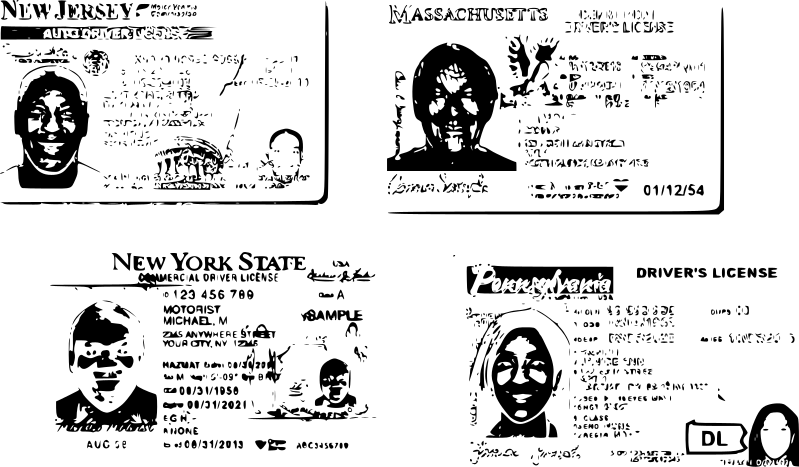Commercial Driver’s License (CDL)

What is a CDL permit?
To put it bluntly, a Commercial Driver’s Permit (CDL) instructs carriers and managers that you are an authorized and trained Expert Truck Driver.
Working certain business motor vehicles requires specific skills and learning. Prior to the execution of the Commercial Driver Permit Program, anyone with a permit to drive a vehicle could also legitimately drive a truck with a trailer or a transport in several states. Under conditions in which an orderly authorization framework could be accessed, studies were not conducted on vehicles such as the benevolent one they would use. As a result, many drivers were working with motorized vehicles that might not have been suitable for driving. The type of vehicle you plan to work with manages your CDL pool, and vice versa.
The classes for business driver’s licenses are:
A class:
It is required to work with any combination of vehicles with a GCWR of 26,001 pounds. or, on the other hand, more, to incorporate a towed vehicle that is MORE DANGEROUS than 10,000 pounds. While your tow stipends will depend on the supports you receive, some of the vehicles you CAN drive with a Class A CDL (with legitimate supports) include:
- Tractor trucks.
- Mixtures of trucks and trailers.
- Double and triple trailers.
- Tractor-trailers transports.
- Tank vehicles.
- Carrier animals.
- Flatbeds
In addition, a Class A license may allow you to drive some Class B and Class C vehicles, as long as you have the correct endorsements.
Class B:
It is required to work:
- A lone vehicle with a GVWR of 26,001 pounds. or on the other hand heavier.
Or potentially
- Any vehicle as shown in the picture is towing another vehicle weighing up to 10,000 pounds.
Likewise, with Class A licenses, you may have to have explicit assistance to work on some vehicles with a Class B permit. A portion of the vehicles you could be allowed to work on (with the correct subscription) ) It includes:
Straight trucks.
Huge transports, including:
- Transportation of the city.
- Transports of travelers.
- School transportation.
Sectioned transports.
Box trucks, for example:
- Transport drivers.
- Messengers
- Transportation of furniture.
Dump trucks with small trailers.
In addition, a Class B permit may allow you to work with some Class C vehicles in case you have adequate supports. For more information, visit our CDL support manual.
Class C:
It could be required if:
The vehicle you expect to drive does not meet the criteria described for an Class A or Class B permit.
It is intended to transport OTHERS
- Something like 16 travelers (to join you, the driver).
Material of risk (hazardous materials) as provided by government regulations.
Instances of vehicles where you are most likely to work with a Class C CDL (with adequate support) include:
- Small vehicles of hazardous materials.
- Traveler vans.
- Mix vehicles not represented in class A or B.
Example: A small truck towing a trailer.

